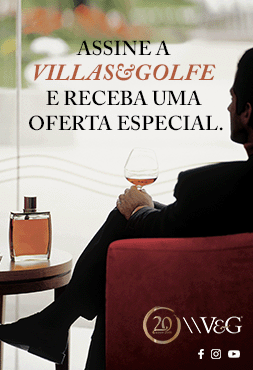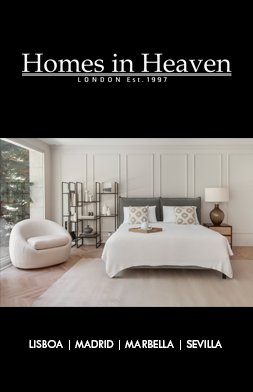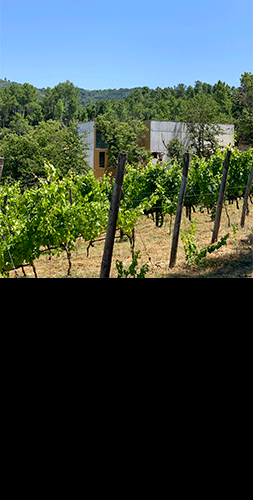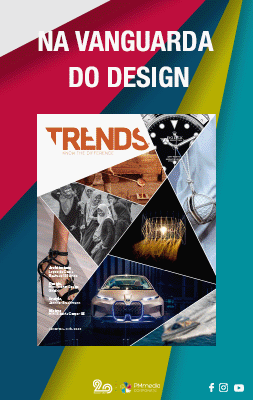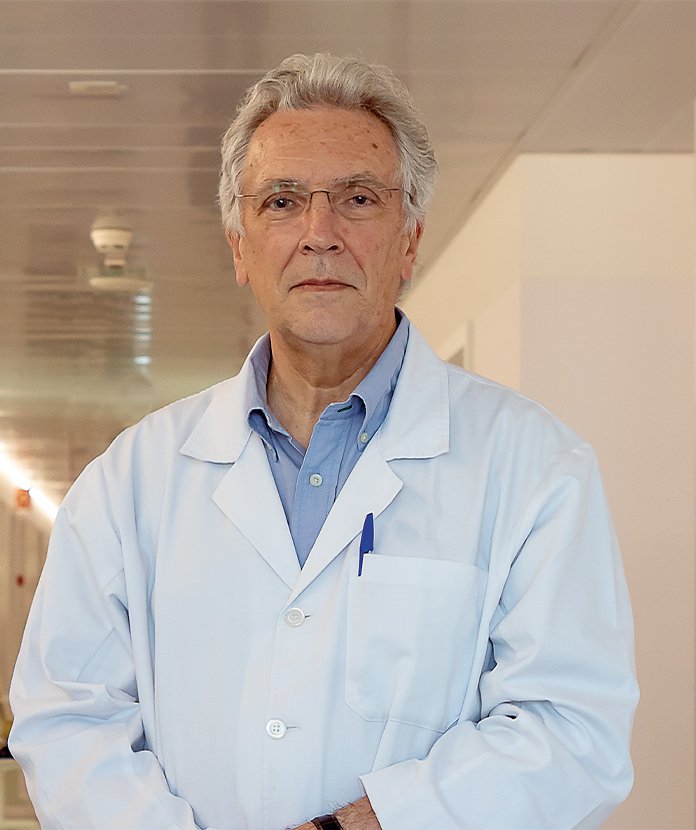
His passion for photography leads surgeon José Mendes de Almeida to live two different lives. With the same intensity that he dedicates to his patients, he also captures moments and singularities that will be eternalised forever. His fascination for curved lines, shadows and human experiences he encounters wherever he goes has already resulted in published books and many exhibitions in various cities around the world. The first steps, camera in hand, happened as a child. From then on, he realised that he could not lock up this talent within himself and set it free.
You began taking photos when you were a child?
There is a photo of me at the age of eight with a camera in which you can see that I’m already taking photographs. Much later, I attended the Portuguese Institute of Photography, which opened in 1975. I went there straight away to do a course. At that time, I would develop and make prints. But, at the end of my medical degree, I had no time and I stopped taking pictures. I didn’t have time for this hobby of mine for many years. However, in 2003, I was in New York and a digital camera that offered some quality had just come out –, I believe it was the first of its kind in the market – I started taking pictures again and never looked back.
Photography took second place and your marks were to blame.
True. Right after 1974, there was a year with numerus clausus to get into medicine, only high school grades counted. I was in the top science class, I was a good student, but I didn’t make it. I didn’t get in and started chemical engineering instead. I had a conversation with my father, when I told him that the following year I would try again, but that if I didn’t get in, I would go to Vevey, in Switzerland, to do a photography course, which he would finance. He agreed, and when the day came to see the grades, I realised that I had been the first to get into the Faculty of Medicine at the University of Lisbon. And that’s how it was, I didn’t go to do a photography course and I became a surgeon. My father let me be a photographer, but a person who enters medicine in the first place can’t turn their back on it, and even more so in a family of doctors. If I hadn’t entered that year, I would have been a photographer and not a doctor. My father really liked my works, especially the abstract ones. He was very proud of them.
«My father really liked my works»
Is there a reason for your abstract photography?
I photograph various situations because, if we don’t keep changing, we become prisoners of one type of photography and, at a given moment, we start to repeat ourselves and always photograph the same thing. That’s why I’ve been doing different situations over time. Nowadays, I do a lot of street photography, because I don't have time for more and it’s good for me, I’m moving my legs. But the most important photos I have are abstract and they led to a book, entitled Curva (Curve).
Do curved lines catch your attention or was it a coincidence?
The curved line is more interesting than the straight line. It changes the perception a lot depending on which side we see it. I had already done a work on shadows, also abstract, which was exhibited in Florida, and at some point I decided to do it on the curved line. It was a time-consuming work, because it is very meticulous. It’s in black and white to bring out the form. The cover of the book is a watering can – I really like that photograph, aesthetically it’s good. The process that led to the photograph coming about was incredible: one day, my wife came home with a watering can, I realised that it had a fantastic design and I began to mentally peel it back; I placed it on the kitchen table, which has fantastic direct light, I took the camera and began to photograph. The photos ended up decontextualising what the object is and bring out the curved lines.
«If we don’t keep changing, we become prisoners of one type of photography»
How do you prepare a photograph?
When I’m doing abstract photography, I look at the aesthetic concept; when I do street photography, I look at human life. I don’t like staged photography. I’ve been told that I don’t have a style of my own, but it’s not like that, because if I can speak several languages, why do I have to speak only Portuguese? If I can do abstract photography, which I enjoy and people like, why can’t I photograph what I see in the street? Nobody has to be imprisoned by a style.
What does photography represent for you?
This is a very difficult question to answer, because we can look at this definition from several angles. Photography has a very broad spectrum, which goes from the technical side to documental records, passing through an intellectual exercise. But, in short, photography is a world where everything fits.
«I only use colour when it adds something to the photograph»
Your second life has already resulted in published books and many exhibitions for you.
Yes, I have published five books and had exhibitions in various places, such as Lisbon, New York, Florence and other places. There was also a photograph by me in an exhibition at the Thyssen-Bornemisza Museum, in Madrid, and I am still a doctor.
What is your creative process or taking photograph process?
I have two different creative processes: one is to go search for something – in the work of the curved lines, I was looking for them and where I found them, I photographed them -; another is to shoot at what I find along the way. In street photography, I often shoot or frame it and wait for someone to appear to give me the image I want.
Black and white prevail in your images, does colour not fascinate you?
I only use colour when it adds something to the picture; otherwise I do it in black and white. There are situations where black and white is better; if I want to highlight the form, I have to wave colour aside. A while ago I took a trip to Iceland, I took a lot of pictures and I’m going to convert everything to black and white because it’s more dramatic. My colour photography is very influenced by black and white photography, because of the light and the shadows. I also restored an old camera from my dad and went back to analogue, and it made me relive the past, although photography is never the past.
You began taking photos when you were a child?
There is a photo of me at the age of eight with a camera in which you can see that I’m already taking photographs. Much later, I attended the Portuguese Institute of Photography, which opened in 1975. I went there straight away to do a course. At that time, I would develop and make prints. But, at the end of my medical degree, I had no time and I stopped taking pictures. I didn’t have time for this hobby of mine for many years. However, in 2003, I was in New York and a digital camera that offered some quality had just come out –, I believe it was the first of its kind in the market – I started taking pictures again and never looked back.
Photography took second place and your marks were to blame.
True. Right after 1974, there was a year with numerus clausus to get into medicine, only high school grades counted. I was in the top science class, I was a good student, but I didn’t make it. I didn’t get in and started chemical engineering instead. I had a conversation with my father, when I told him that the following year I would try again, but that if I didn’t get in, I would go to Vevey, in Switzerland, to do a photography course, which he would finance. He agreed, and when the day came to see the grades, I realised that I had been the first to get into the Faculty of Medicine at the University of Lisbon. And that’s how it was, I didn’t go to do a photography course and I became a surgeon. My father let me be a photographer, but a person who enters medicine in the first place can’t turn their back on it, and even more so in a family of doctors. If I hadn’t entered that year, I would have been a photographer and not a doctor. My father really liked my works, especially the abstract ones. He was very proud of them.
«My father really liked my works»
Is there a reason for your abstract photography?
I photograph various situations because, if we don’t keep changing, we become prisoners of one type of photography and, at a given moment, we start to repeat ourselves and always photograph the same thing. That’s why I’ve been doing different situations over time. Nowadays, I do a lot of street photography, because I don't have time for more and it’s good for me, I’m moving my legs. But the most important photos I have are abstract and they led to a book, entitled Curva (Curve).
Do curved lines catch your attention or was it a coincidence?
The curved line is more interesting than the straight line. It changes the perception a lot depending on which side we see it. I had already done a work on shadows, also abstract, which was exhibited in Florida, and at some point I decided to do it on the curved line. It was a time-consuming work, because it is very meticulous. It’s in black and white to bring out the form. The cover of the book is a watering can – I really like that photograph, aesthetically it’s good. The process that led to the photograph coming about was incredible: one day, my wife came home with a watering can, I realised that it had a fantastic design and I began to mentally peel it back; I placed it on the kitchen table, which has fantastic direct light, I took the camera and began to photograph. The photos ended up decontextualising what the object is and bring out the curved lines.
«If we don’t keep changing, we become prisoners of one type of photography»
How do you prepare a photograph?
When I’m doing abstract photography, I look at the aesthetic concept; when I do street photography, I look at human life. I don’t like staged photography. I’ve been told that I don’t have a style of my own, but it’s not like that, because if I can speak several languages, why do I have to speak only Portuguese? If I can do abstract photography, which I enjoy and people like, why can’t I photograph what I see in the street? Nobody has to be imprisoned by a style.
What does photography represent for you?
This is a very difficult question to answer, because we can look at this definition from several angles. Photography has a very broad spectrum, which goes from the technical side to documental records, passing through an intellectual exercise. But, in short, photography is a world where everything fits.
«I only use colour when it adds something to the photograph»
Your second life has already resulted in published books and many exhibitions for you.
Yes, I have published five books and had exhibitions in various places, such as Lisbon, New York, Florence and other places. There was also a photograph by me in an exhibition at the Thyssen-Bornemisza Museum, in Madrid, and I am still a doctor.
What is your creative process or taking photograph process?
I have two different creative processes: one is to go search for something – in the work of the curved lines, I was looking for them and where I found them, I photographed them -; another is to shoot at what I find along the way. In street photography, I often shoot or frame it and wait for someone to appear to give me the image I want.
Black and white prevail in your images, does colour not fascinate you?
I only use colour when it adds something to the picture; otherwise I do it in black and white. There are situations where black and white is better; if I want to highlight the form, I have to wave colour aside. A while ago I took a trip to Iceland, I took a lot of pictures and I’m going to convert everything to black and white because it’s more dramatic. My colour photography is very influenced by black and white photography, because of the light and the shadows. I also restored an old camera from my dad and went back to analogue, and it made me relive the past, although photography is never the past.





